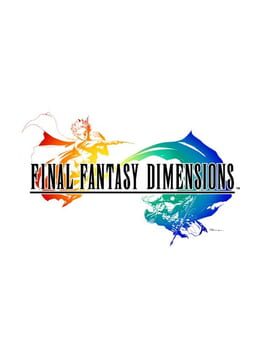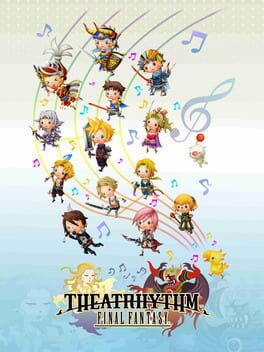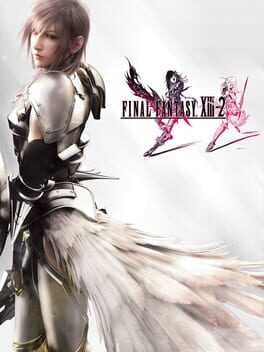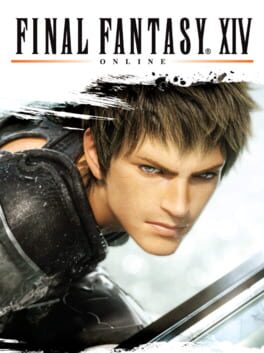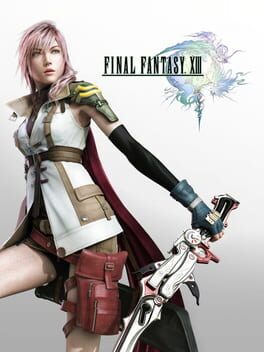

Final Fantasy Type-0
Final Fantasy Type-0 is set within Orience, a land divided between four nations or "Crystal States". Each nation has crystals of power based on the Four Symbols, which are in turn their national emblems. The Dominion of Rubrum uses the Vermillion Bird Crystal, which controls magic; the Milites Empire controls the White Tiger Crystal, containing the power of science and weapons; the Kingdom of Concordia uses the Azure Dragon Crystal, containing the power of Dragons; and the Lorican Alliance is home to the Black Tortoise Crystal, containing the power of shielding. Each nation has an academy, or Peristylium, to research and protect the country's respective crystal. The crystals have the ability to mark humans as their countries' servants. These servants, called l'Cie, are branded with a symbol and are given a "Focus", a task to complete. While blessed with long life and the ability to transform into crystal, l'Cie are cursed to lose their memories over time. The people of Orience also lose their memories of the dead, so they will not be held back by any past regrets and continue strengthening their souls through conflict, a mechanism put in place by the crystals for the convenience of the deities who crafted them. The main aim of many characters is to become Agito, a legendary figure who will appear and save the world from Tempus Finis, an apocalyptic event that will destroy Orience.
Also in series
Reviews View More
Many things that people praised about Final Fantasy XVI were in this episode already: it all revolves around war, it's violent and bloody, it features a heavily political worldbuilding with a lot of strategy, battles, betrayals, deals, and stuff like that. Just like FFXVI, it's very linear and split in two parts: the first is sociopolitical, the second "theological". In FFXVI, each part lasts for half of the game (more or less). Here the structure is less balanced, with the second part that lasts for just one chapter. For the most part the game is just about war. Towards the end, it becomes all gods, chosen ones, apocalypse, stuff like that... just like FFXVI.
The game wants to criticize war, as usual, but (as usual!) it's quite ambiguous in depicting war as a necessary evil to reach peace/freedom (...as FFXVI). The gameplay is quite repetitive and revolves around subsequent playthroughs, which means ignoring the suffering and sacrifice of the main characters as well as the overall meaning of the plot as a whole: it all revolves around how bad war is, and instead we re-enact it just for fun, over and over again.
The cast of characters is quite poor and underdeveloped, most of them are stereotypes or moe characters with no more than 3-4 lines of dialogue from beginning to end.
And yet, narrative-wise the game is unbalanced but not bad at all. The ending is one of the most moving of the entire series, the introduction is quite strong, some battles and world dynamics are very interesting and quite original.
So, better than FFXVI I guess.

